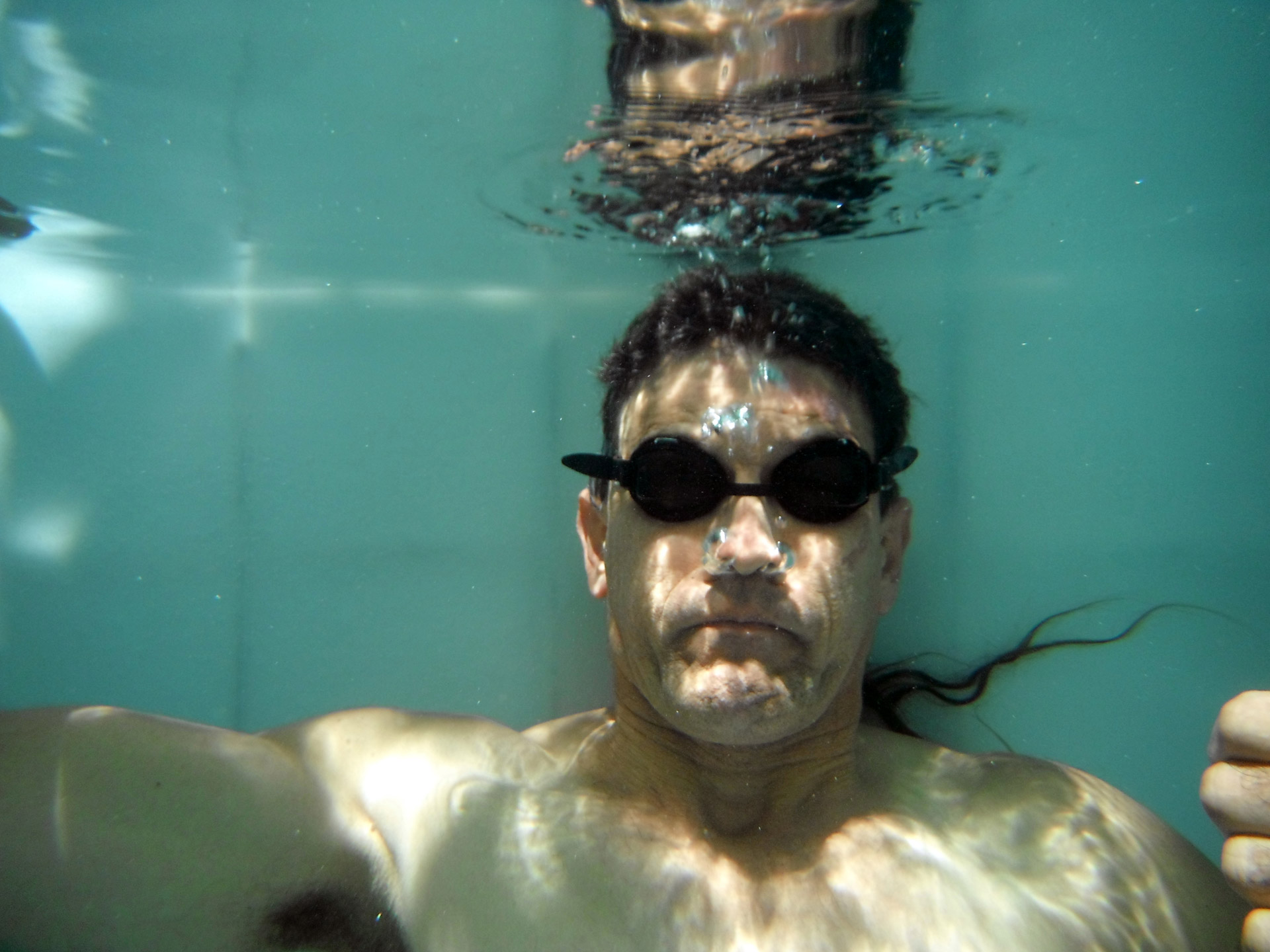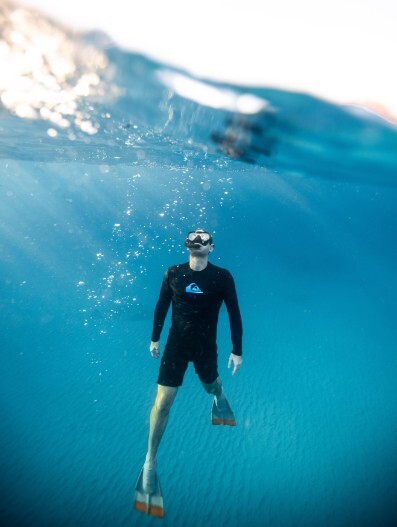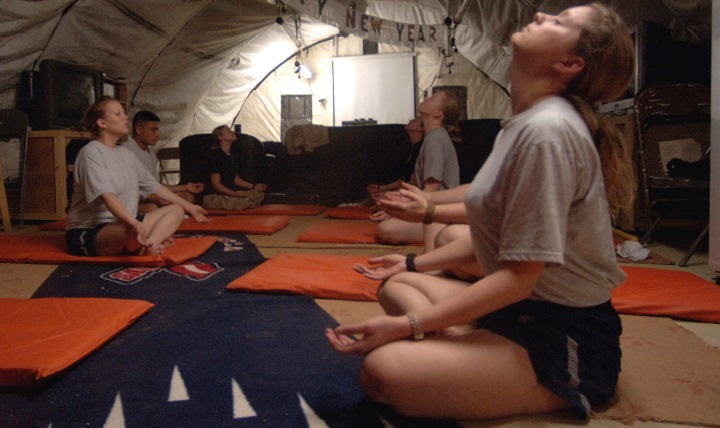Maybe you’ve heard the term “shallow water blackout” before and you want to learn more about it or maybe this term is new to you. Either way, all swimmers should be aware of what a shallow water blackout is and how to prevent it from happening to you and your loved ones.
Shallow Water Blackout - What is it?

A shallow water blackout is when a swimmer loses consciousness while underwater due to holding his or her breath for too long. This prolonged breath holding causes the brain to not have enough oxygen which then causes the swimmer to faint. If the swimmer is not quickly rescued, it can result in drowning or suffocation. A shallow water blackout, as the name suggests, does not require deep water to occur. Fainting from the lack of oxygen from the brain can happen in any body of water, from the ocean to a bathtub.
Who is at risk for experiencing shallow water blackouts?
You may think that inexperienced swimmers are most likely to experience a shallow water blackout; however, any swimmer that attempts breath-holding exercises is at risk for these blackouts. Shallow water blackouts affect physically fit competitive swimmers who are attempting breath-holding exercises, free-divers and snorkelers, among others. Swimming, diving and snorkeling can be safe and enjoyable activities as long as the participant understands the dangers and risks of breath-holding and plans the activity to allow for frequent breathing.
How can I prevent shallow water blackouts?
Now that you know the dangers of shallow water blackouts, how can you minimize the risk of experiencing one yourself?
-
Listen to your body.
While swimming, pay attention to what your body is telling you. If you have the urge to breathe then breathe! Your body is telling you that it needs more oxygen and by ignoring that urge, you are putting yourself at risk of a shallow water blackout. After this point of feeling the urge to breathe, you may actually feel a sense of euphoria. This is extremely dangerous because this means that you already have reached the point of lowered oxygen in the brain.
-
Make sure you have access to air.

You might think that you always have access to air while swimming, but certain water workouts require swimmers to be far away from the surface of the water. One example of this is free diving, where divers are going deep underwater without oxygen tanks. Remember that it will take time to return to the surface to get air and calculate this into the depth you are planning on going. In pools or in open water, swimmers sometimes want to add weight to their workouts. Ensure that this weight is something you can easily let go of if you find that it is keeping you from the surface of the water. Choose to hold a weight that can be dropped in your hands rather than strapping weights around your arms.
-
Don’t play games that require breath-holding.
Breath-holding should not be used as a competition or a game. Swimmers may resist the urge to breathe in order to stay underwater longer than their competitor, putting them at risk for a lack of oxygen going to the brain. This can be especially dangerous if there is not another person monitoring the game and continually checking on whether the swimmers are alert.
-
Don’t hyperventilate during workouts.
Some swimmers and divers attempt to use hyperventilation as a way to improve their ability to hold their breath before submerging themselves underwater. In reality, this practice is putting them at a higher risk of losing the oxygen to their brain and blacking out. It is safer to take a deep breath before beginning your swim and then when you have the urge to breathe, take the breath!
-
Don’t swim alone.
It is important to always swim with someone to prevent shallow water blackouts, drownings and other water related injuries. Even the strongest swimmers can encounter conditions that put them at risk. These include weather changes, cramps or water conditions such as currents in the ocean or weeds in a lake. Always swim with someone of similar skill level so that if one of you needs help, the other swimmer can either provide that assistance or swim to the edge of the water to call for help.
-
Stay alert.
Because shallow water blackouts happen quickly and without warning, it is important that your swimming buddy is vigilant. Shallow water blackouts don’t present like active drowning, where the swimmer may be thrashing at the surface of the water. During a shallow water blackout, the swimmer is already underwater and just quietly goes still. If you are swimming with someone and they are motionless underwater, immediately call for help and check on them. Time is precious in rescuing a swimmer that has suffered a shallow water blackout.
At Sunsational Swim School, we specialize in bringing the swim school to your pool and provide at-home swimming lessons for clients across the country. If you’re interested in swimming lessons for yourself or your child, take a look at our at-home private swimming lesson program.
Melanie Watt’s bio:
Swim Instructor in Baltimore, MD
Hi my name is Melanie and I've been teaching swim lessons and coaching swim teams for eight years! I have experience teaching infants as young as 6 months all the way up to adults. I also have extensive experience working with swimmers with special needs. I have a degree in health sciences and I am currently finishing up my master’s degree in occupational therapy. I love teaching swimming because I love seeing progress whether it be being comfortable putting your face in the water or learning a new stroke!
ABOUT SUNSATIONAL SWIM SCHOOL
Sunsational Swim School is the 🥇 #1 rated provider of private, at-home swimming lessons in America. We have specialized swim instructors for students ages 6 months to adult, beginner to advanced. Featured on ABC, CBS, Impact 100, The List and others, Sunsational instructors have a minimum of 2 years of teaching experience, are CPR certified and insured, and have collectively taught over 302,223 lessons for more than 74,415 students nationwide!



